The Gift of South Dakota
Subscriptions to South Dakota Magazine make great gifts!
Subscribe today — 1 year (6 issues) is just $29!
The Townskeeper
 |
| Capa once had a population of 300 and was known for its mineral baths. |
The town of Capa has a population of one unless you count Philip O’Connor’s dog, Midnight, whose nickname is Buddy. Phil and Buddy seem a lot like the town they live in — quiet, restful and welcoming.
Capa was platted in 1904 by the Western Town Lot Company, a division of the Chicago North Western Railway Company. Railroad representatives wanted to name the town Russell in honor of J.C. Russell, an early settler to the west. But Mr. Russell did not want his name attached to a town. Doane Robinson of the South Dakota State Historical Society suggested that the town be called Capa, which is Lakota for beaver.
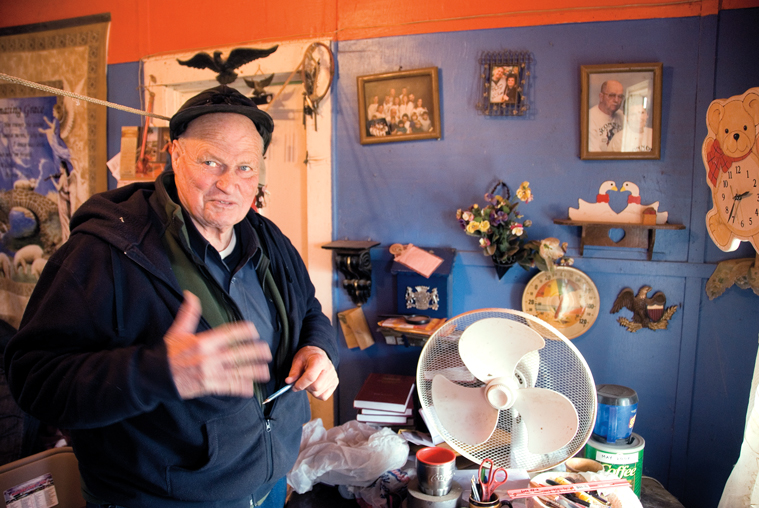 |
| Philip O'Connor is the last man living in Capa, a once-bustling town in Jones County. |
As the railroad reached Capa in 1906, people began to settle in the 70 acre town site. Soon the town had 75 residents and numerous businesses, including the Capa Hotel, which piped water from an artesian well into a public bathhouse. The town became known for its mineral baths which visitors sought out for treatments. Capa also had lumberyards, a bank, the Capa Hustler newspaper, two churches and several general merchandise stores. Capa grew to about 300 residents.
Phil’s roots run deep in Capa. His great-grandparents, Arthur and Kathryn McConnville, were some of the first people to settle there. His grandparents, Walter and Kathryn Poler, purchased the hotel, a house, and a pasture in 1916. Later his parents, Henry and Helen (Poler) O’Connell, took over the hotel and house. Henry worked on a railroad bridge crew. Phil lives in the house where his grandparents and later his parents resided. He taught for 20 years in rural schools in the surrounding counties.
Today the town stays alive in the stories remembered by Phil. A house next to his was moved back and forth along the one street. Katie Biwer was the first homesteader, he says. Nick Biwer lost a gold Luxemburg coin and years later he was telling a Capa merchant about losing the coin. As the story goes, the merchant happened to be rubbing his shoe in the dirt at the time and unearthed the coin.
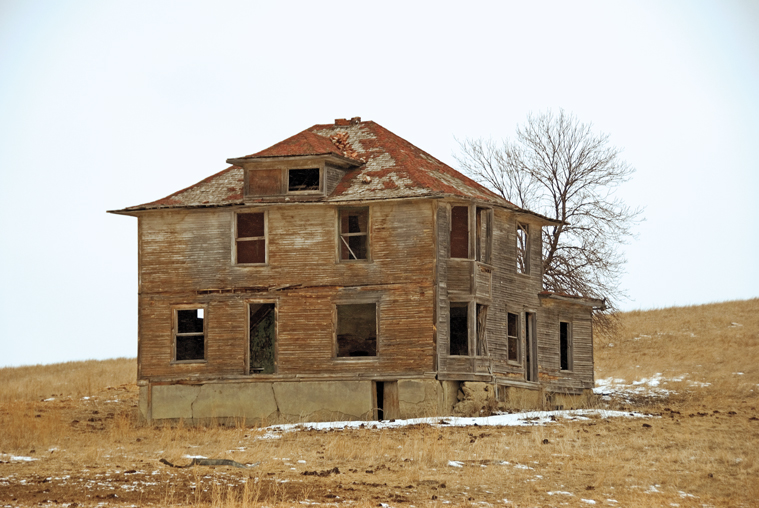 |
| O'Connor's grandparents purchased the once grand Capa hotel in 1916, along with a pasture and house. |
“The Scandal of Capa” came about when a resident by the last name of Young solicited funds to build a sanatorium. The man absconded with the money and was never seen again.
The town prospered for about 25 years, but the Great Depression took a toll. Capa also suffered when the new highway didn’t follow the valley along the Bad River by which Capa sits. Cars had a hard time making the steep grades in the valley. Then the railroad company pulled its section crew from Capa and the town dwindled further. Another blow landed in 1976 when the post office closed. Most of the remaining homes were moved away, one going as far as North Dakota.
Still, Capa made news when a British Broadcasting Corporation crew filmed the town site and interviewed Phil in February 2009 for a documentary about the Dirty Thirties. The BBC found a town with remnants of the hotel, a few homes, a barn, the school and a church. Capa Lake on the town’s eastern edge is still fed by the artesian well that once provided warm baths in the town’s heydays.
Some people see pictures of Capa or drive past on the road and think they’ve seen a ghost town, but it’s still alive with stories and with Phil O’Connor, the townskeeper.
Editor’s Note: This story is revised from the November/December 2009 issue of South Dakota Magazine. To order a copy or to subscribe, call (800) 456-5117.


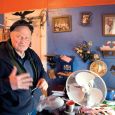
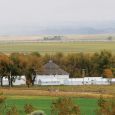
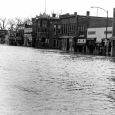
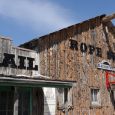
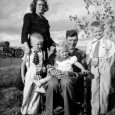



Comments
We are friends with the Stroppels, that owned the Stroppel Hotel and Mineral Baths, in Midland. They seemed to always be busy. The water did come out of the ground at 152 degrees, and they had to run it up the hill, just outside of town, to a holding tank, to cool it off. It would burn the lawns, etc., if it wasn't cooled. The school, several other buildings, and of course the Minerals Baths, were heated with the water before it was cooled. I always felt that that area was very special and interesting. There are wonderful people in that area, and we enjoyed our years spent there!
We took many mineral baths at the hotel. We knew Helen and Philip as well as many neighbors. We enjoy reading about these special people and their lives.
.